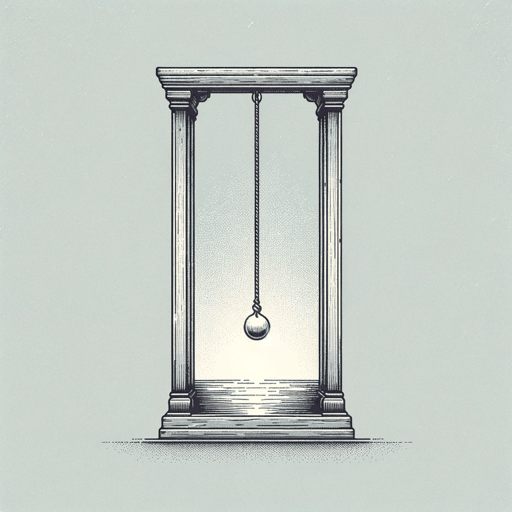20 pages • 40 minutes read
Edgar Allan PoeThe Pit and the Pendulum
Fiction | Short Story | Adult | Published in 1842A modern alternative to SparkNotes and CliffsNotes, SuperSummary offers high-quality Study Guides with detailed chapter summaries and analysis of major themes, characters, and more.
Themes
Dreams and the Unconscious
At the beginning of the story, the narrator pauses the narrative of his trial for a long reflection on human consciousness. He insists that people are somehow conscious even after they’ve fainted, considers the relationship of fainting to dreams and death, and lays out his belief that those who are prone to fainting are also in the closest contact with their imaginations. In fainting, the narrator “finds strange palaces and wildly familiar faces in coals that glow,” and his sensitive, inventive subconscious mind makes his later suffering so acute (247).
This moment when the narrator steps away from his immediate experience to philosophize prompts us to read “The Pit and the Pendulum” through the lens of the imagination, sleep, and dreams, and perhaps even to read the story itself as a kind of dream-narrative.
The narrator’s ordeal has an inherently dreamlike, symbolic quality. He’s in darkness deep underground—an image that recalls descending into sleep, or into the grave (where, he insists, consciousness persists).
Then he confronts symbolic threats. First, he has to deal with the darkness and the feeling that he might stumble into a trap—in other words, with the terror of the uncontrollable and unknown, descriptions that bring to mind the subconscious.
Related Titles
By Edgar Allan Poe

A Dream Within a Dream
Edgar Allan Poe
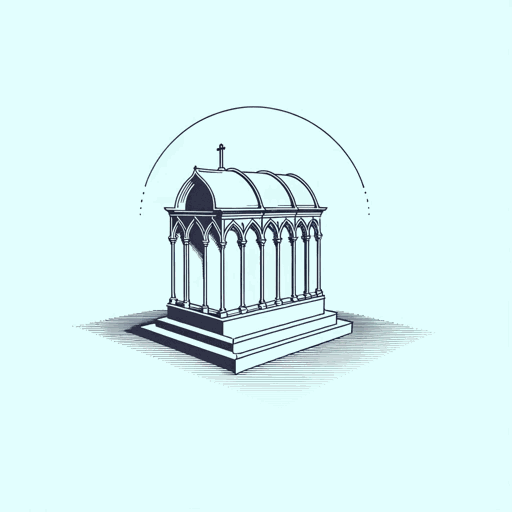
Annabel Lee
Edgar Allan Poe

Berenice
Edgar Allan Poe
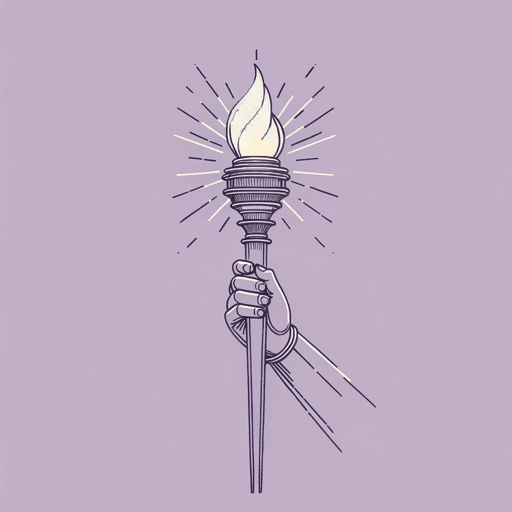
Hop-Frog
Edgar Allan Poe
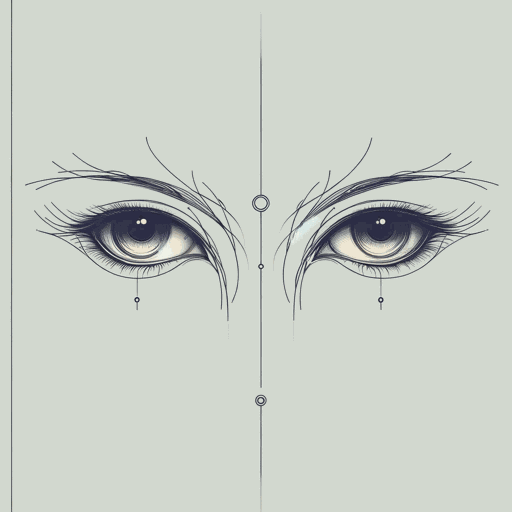
Ligeia
Edgar Allan Poe

Tamerlane
Edgar Allan Poe

The Black Cat
Edgar Allan Poe
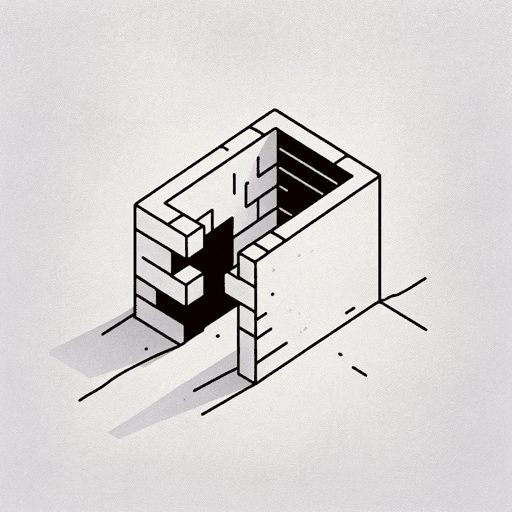
The Cask of Amontillado
Edgar Allan Poe

The Conqueror Worm
Edgar Allan Poe

The Facts in the Case of M. Valdemar
Edgar Allan Poe

The Fall of the House of Usher
Edgar Allan Poe

The Gold Bug
Edgar Allan Poe

The Haunted Palace
Edgar Allan Poe
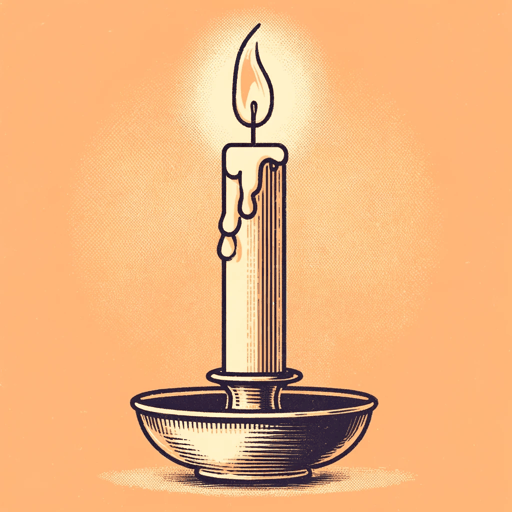
The Imp of the Perverse
Edgar Allan Poe

The Lake
Edgar Allan Poe
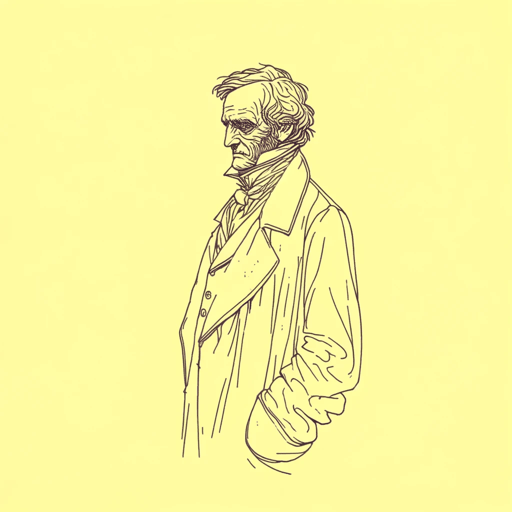
The Man of the Crowd
Edgar Allan Poe

The Masque of the Red Death
Edgar Allan Poe

The Murders in the Rue Morgue
Edgar Allan Poe

The Narrative of Arthur Gordon Pym of Nantucket
Edgar Allan Poe

The Oval Portrait
Edgar Allan Poe
Featured Collections
Allegories of Modern Life
View Collection
Fantasy
View Collection
Fantasy & Science Fiction Books (High...
View Collection
Fear
View Collection
Horror, Thrillers, & Suspense
View Collection
Mortality & Death
View Collection
Psychology
View Collection
Romanticism / Romantic Period
View Collection
Safety & Danger
View Collection
